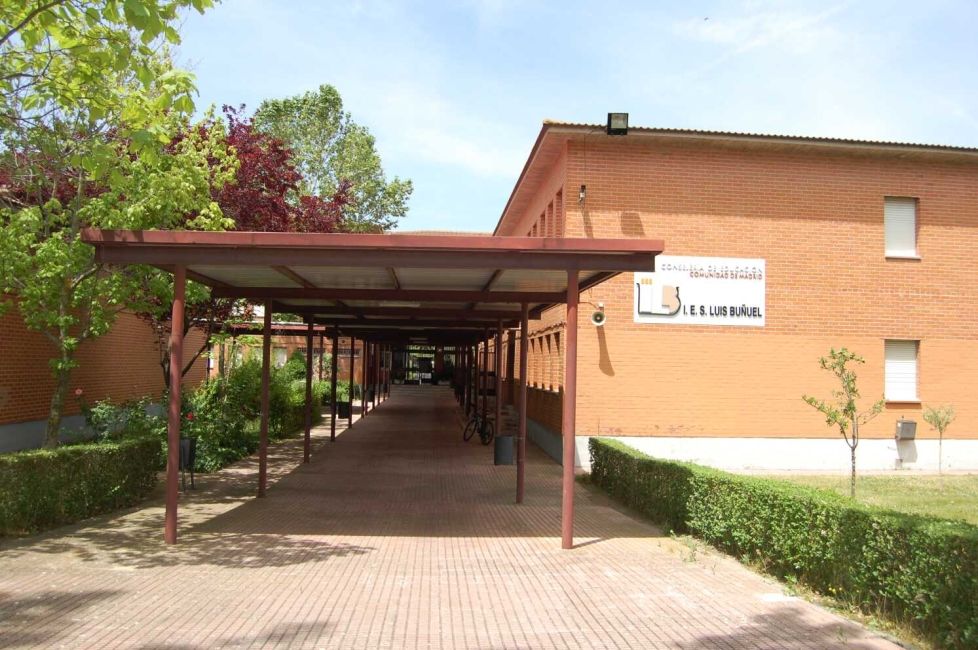What is a Vocational School?
If you chose to be placed at a secondary school over a primary school, chances are that you got placed at a vocational school. If you have no idea what that is, like myself when I first started, this blog post will go over what they are, and what you can expect while working at one.
In Spain, students are only required to go to school until they are 16. A lot of students don’t complete secondary school because of this. One option that they have after their mandatory schooling is over is to attend a Vocational School.
Vocational schools are sort of like the trade schools of Spain. Students attend to learn about a specific subject. At my school, the pathways include: business and finance, beauty (hair, nails, massage, etc.), graphic design, and sound and music. Sound and music classes are my favorite because I have a Video DJ class that I go over different genres of American music with.
I have a friend who is at a culinary and hospitality vocational school, where they teach things like cooking and hotel management. The content that you will teach will vary based on the school you are placed at; however, I’ve found that Language Assistants at vocational schools generally teach a lot of vocabulary.
At my school, I usually prepare a lot of games to learn vocabulary, and worksheets to practice things like verb tenses. I have noticed that Auxiliars at secondary schools tend to do a little more prep work than those at primary schools. It definitely isn’t a ton of prep. My teachers usually tell me a topic they’d like me to cover, and I google a worksheet or activity that is already made. This saves me a lot of time, rather than creating all my own stuff from scratch.
That being said, I have to be careful with what I prepare, because my students do have a slightly lower level of English. One of my co-teachers told me that this is true of students at vocational schools because they are the ones who choose not to complete the last two years of secondary school, where they receive more intense English instruction.
I’m still able to have conversations with my students, using broken English and incomplete sentences, but I can understand what they’re trying to say. This just means that when I prepare an activity for them, it is often difficult to explain what I want them to do.
One thing that I have found super helpful is giving them the language they need to use. This just means going over the vocab you want them to use, or helping them to conjugate verbs before practicing with them, and even giving them sentence starters they can use to write their own sentences. To make it easier on yourself, just make sure to give them the vocabulary and language you want them to use, before practicing it with activities.
Students attend vocational schools for a couple of years. Once they finish, they graduate with a certification or license. Afterwards, they can either enter the workforce directly, or continue their studies in university.
While I had no idea what a vocational school was at first, I love teaching at mine. It’s very different from what I thought my experience teaching in Spain would be like, but it has challenged me to come up with new teaching strategies, and pushed me further in the classroom. Plus, the content is fun to teach. The fact that I teach a DJ class is always amusing to my friends back home.
If you’re placed at a vocational school, I hope that you learn to love it, and make the best of your time there!
Related Posts

Who Runs the World? Pharaohs.
Running the Pyramids Half Marathon in Cairo, Egypt Egypt and a half marathon? Let’s run it back—literally. I had the opportunity to travel to Cairo, Egypt, to run the annual... keep reading

Copenhagen Cosplays the North Pole
A Winter Weekend Guide If you’re searching for the perfect winter weekend getaway while studying abroad, Copenhagen deserves a spot at the top of your list. While the city is... keep reading

Let’s Moroccan Roll
A 4-Day Morocco Getaway from Madrid Morocco has become an increasingly popular destination for students studying and working abroad, and after spending four days there, it’s easy to see why... keep reading

